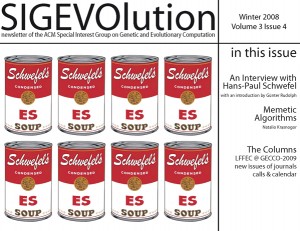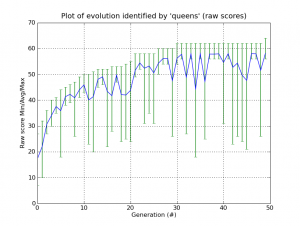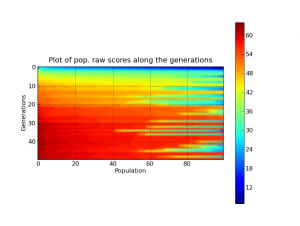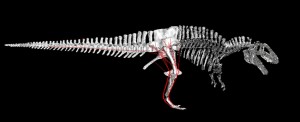UPDATE 05/10: there is an article in the Physorg too.
Sometimes we face new applications for EC, but for this I was not expecting, from Eurekalert:
WASHINGTON, Oct. 5 — Criminals are having a harder time hiding their faces, thanks to new software that helps witnesses recreate and recognize suspects using principles borrowed from the fields of optics and genetics.
(…)
His software generates its own faces that progressively evolve to match the witness’ memories. The witness starts with a general description such as “I remember a young white male with dark hair.” Nine different computer-generated faces that roughly fit the description are generated, and the witness identifies the best and worst matches. The software uses the best fit as a template to automatically generate nine new faces with slightly tweaked features, based on what it learned from the rejected faces.
“Over a number of generations, the computer can learn what face you’re looking for,” says Solomon.
Read the full article here.





